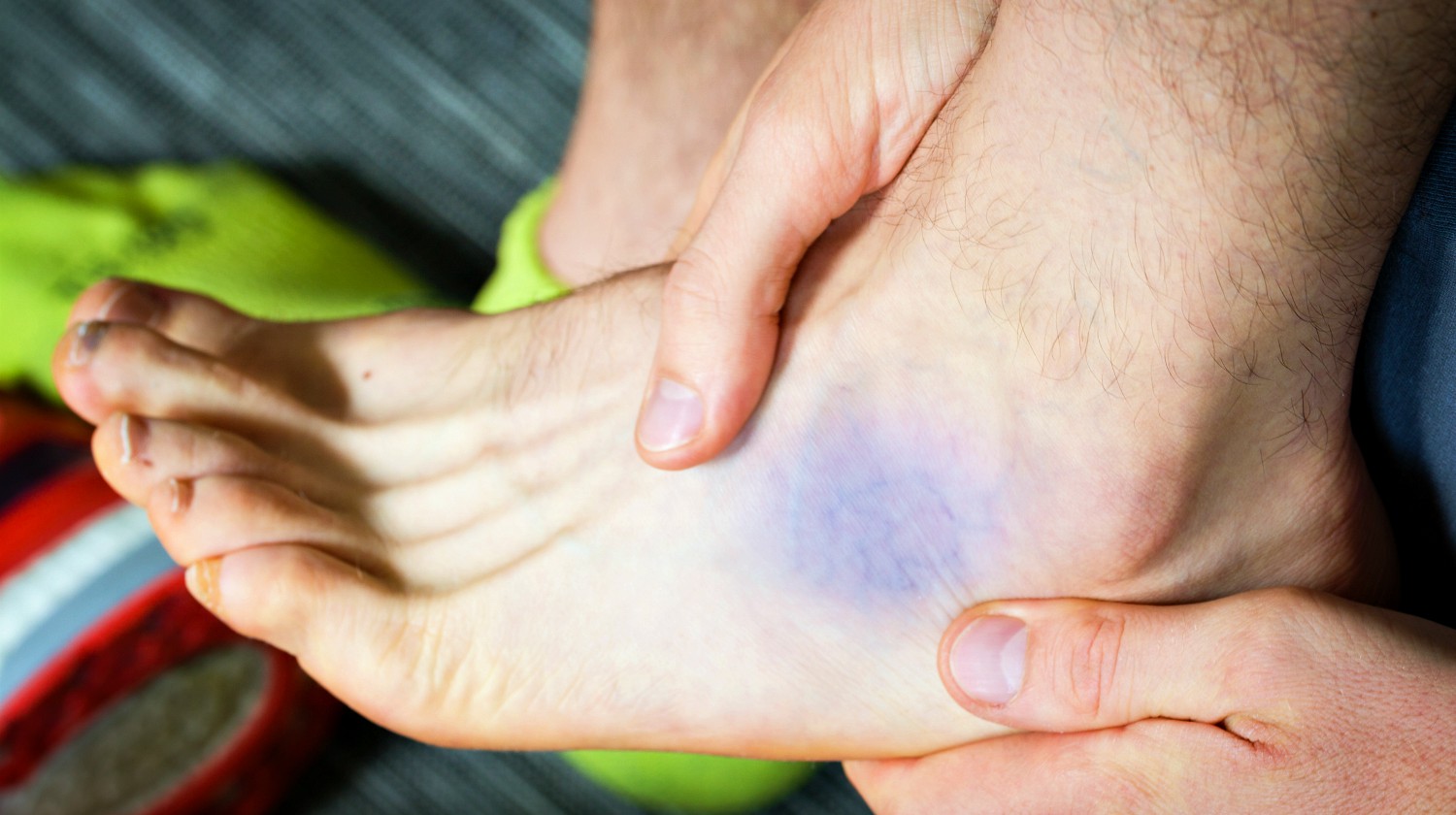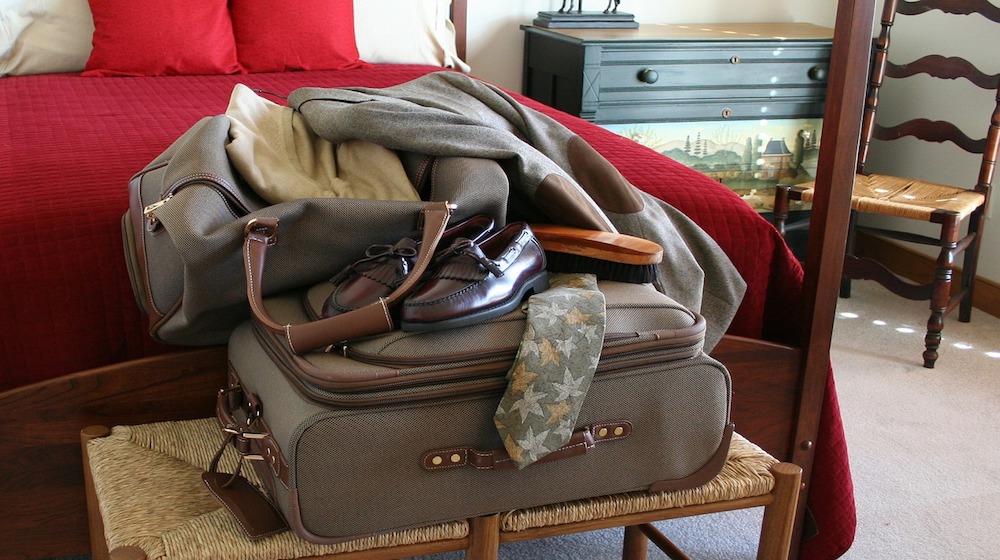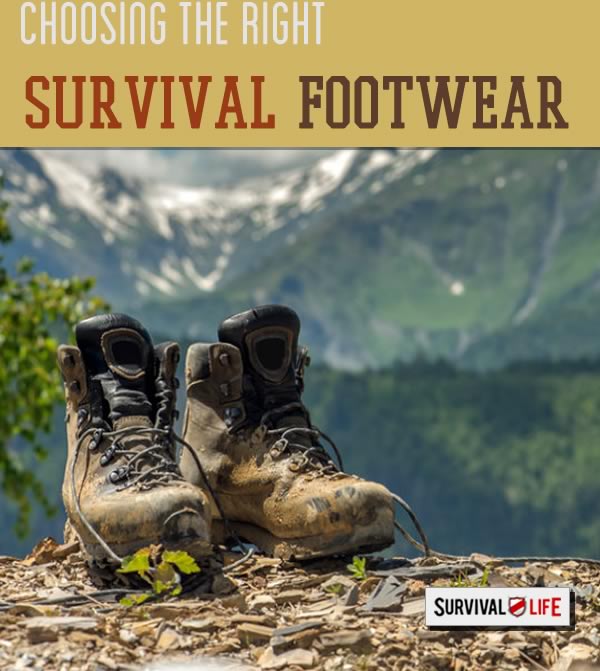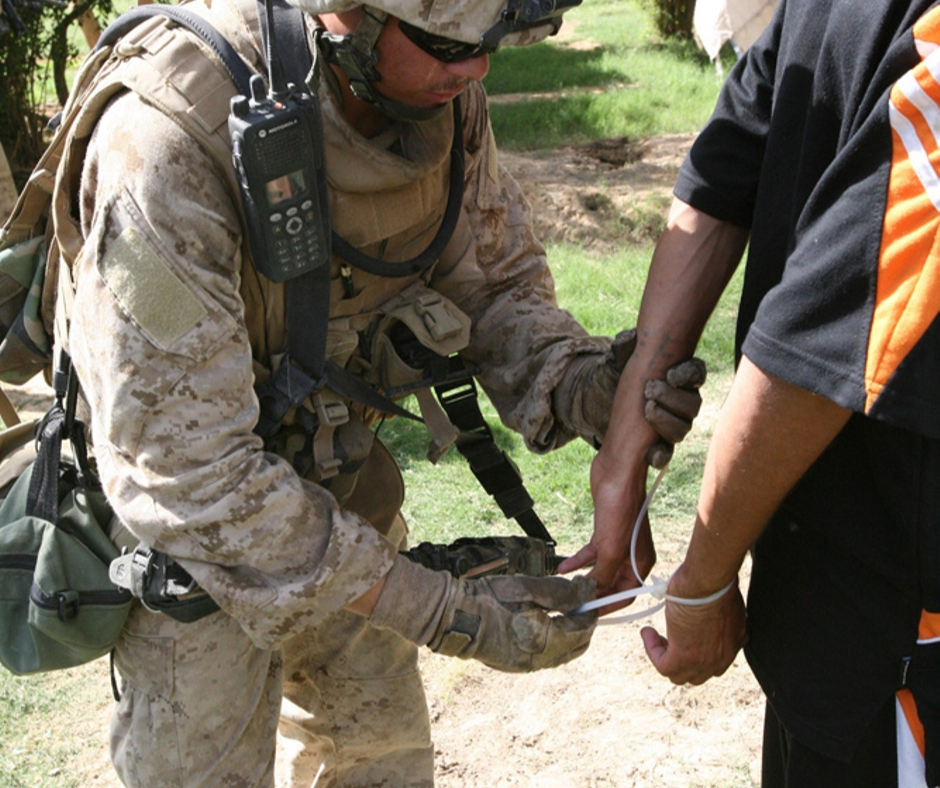Do It Yourself
Ankle Sprain Treatment For First, Second, And Third Degree Sprains

Know your ankle sprains 101, basic ankle sprain treatment, and first aid for when no immediate medical help is available before it gets worse!
RELATED: 21 Home Remedies For Toothache Pain Relief
In this article:
- Treat Injuries Before It Gets Worse
- First Degree Ankle Sprains
- Second Degree Ankle Sprains
- Third Degree Ankle Sprains
- RICE Method for Injuries
DIY Ankle Sprain Treatment at Home and Outdoors
Treat Injuries Before It Gets Worse
|
Your basic know-how in first aid must include ankle sprain treatment. This is a very common injury especially in outdoor activities which can affect anyone.
It is even much more troubling when you’re outdoors trekking perhaps and suddenly get a twisted ankle. It is even worse when you’re in a survival situation and you’re far from a proper medical facility.
Ankle sprains are painful and if left untreated can escalate in degrees of severity. Most ankle sprains consist of a twist of the ankle and a few minutes of minor pain.
Yet, more severe ankle sprains can lead to an abundance of swelling around the ankle joint and days of agonizing pain. Fortunately, there are several methods to treat a lateral ankle sprain, even if a medical facility is unreachable.
What Is a Lateral Ankle Sprain? It is a common injury in sports or extreme activities where the whole weight of the body is suddenly transferred to the foot bearing all the weight.
First Degree Ankle Sprains
|
A first-degree ankle sprain is a minor ankle sprain and is considered the most common of all ankle injuries. Even if just a small twist of the ankle occurs, it is still important to properly address the injury.
A first-degree ankle sprain also consists of mild tenderness and pain along the joint and ligaments surrounding the ankle. If any swelling occurs during a 1st-degree ankle sprain, it is usually very little.
In order to properly treat a 1st-degree ankle sprain while outdoors, take two to three hours rest from the activity at play and elevate the ankle while lying down. Allowing the time to rest will greatly improve ankle recovery as long as there’s no weight applied.
Second Degree Ankle Sprains
A 2nd-degree ankle sprain is still only a moderate ankle sprain. It commonly occurs when a 1st-degree ankle sprain is left without treatment.
During a 2nd-degree ankle sprain, increased stretching and possible tearing occur on the ligaments surrounding the ankle joint. Increased pain will also occur as well as swelling around the entire ankle.
To properly treat a 2nd-degree ankle sprain while outdoors, be sure to allow a period of rest for up to at least 24 hours. During this rest period, no weight should be applied to the injured ankle.
Constant elevation must also occur. Wrapping the ankle joint will also be necessary as this will reduce the amount of edema flowing through the injured area.
RELATED: How To Build A First Aid Kit
Third Degree Ankle Sprains
A 3rd-degree ankle sprain is the most severe of all ankle sprains. It usually consists of major tearing and stretching along the ankle joint ligaments.
You need to seek immediate medical help if a 3rd-degree ankle sprain occurs.
However, if a medical facility is not within immediate reach, a few steps must be followed. This is in order to prevent further injury to the ankle and provide as much relief as possible.
Immediately wrap and elevate the injured ankle. This will ensure no additional edema flows into the injured area and help reduce additional swelling.
Elevating the injured ankle will ensure no additional weight is applied to the ankle. If possible, apply ice to the injured area or cold water.
Reducing the temperature around the ankle will also help to reduce additional swelling and may provide temporary comfort from pain.
While treating a 3rd-degree ankle sprain, be sure to also seek medical attention if hiking, camping, or while out in the woods.
Leaving a 3rd-degree ankle sprain untreated or performing activities may cause further injury. It can further lead to much more pain and severe tearing to the ligaments and joints surrounding the ankle bone.
RICE Method for Injuries
Another great tip for most injuries including ankle sprains is the R.I.C.E formula. The R.I.C.E formula stands for Rest, Ice, Compress, and Elevate the injured area.
Compress includes wrapping a sprained ankle or even a makeshift sling for an injured arm. The last step in the R.I.C.E formula is to elevate which especially applies to ankle sprains.
Elevating an injury is very important as elevating greatly reduces further injury. For more info on treating ankle sprains, check out this article from WebMD.
This video from Mayo Clinic will introduce you to ankle sprains 101 which may help you avoid it altogether or from getting worst:
With your basic know-how on sprained ankle treatment, you are now better prepared to handle injuries you or a party may incur at home and outdoors. Your knowledge could also help you avoid the mishap, after all, being more conscious of the possibilities of an injury.
What do you think about this DIY ankle sprain treatment? Let us know your thoughts about it in the comments section below!
Up Next:
- First Aid: After The Basics And Before You Need It
- 10 Common Household Items For Your First Aid Kit?
- 5 Cold-Weather Injuries To Look Out For (And How To Treat Them)
For awesome survival gear you can’t make at home, check out the Survival Life Store!
Follow us on Facebook, Instagram, Twitter, Tumblr, and Pinterest!
Editor’s Note: This post was originally published on July 3, 2015, and has been updated for quality and relevancy.
-

 Do It Yourself7 months ago
Do It Yourself7 months agoParacord Projects | 36 Cool Paracord Ideas For Your Paracord Survival Projects
-

 Do It Yourself9 months ago
Do It Yourself9 months agoHow To Make Paracord Survival Bracelets | DIY Survival Prepping
-

 Do It Yourself9 months ago
Do It Yourself9 months ago21 Home Remedies For Toothache Pain Relief
-

 Do It Yourself10 months ago
Do It Yourself10 months agoSurvival DIY: How To Melt Aluminum Cans For Casting
-

 Exports8 months ago
Exports8 months agoAre Switchblades Legal? Knife Laws By State









Pingback: Treating First, Second and Third Degree Ankle Sprains Outdoors | Patriot Powered News
Pingback: Treating First, Second and Third Degree Ankle Sprains Outdoors » Survival Gear & Food Storage
Pingback: 11 Most Essential Wilderness First Aid Tips You Need To Survive – Bulletproof Survivors
Pingback: 11 Most Essential Wilderness First Aid Tips You Need To Survive - Cooking in Quarantine
Pingback: 11 Most Essential Wilderness First Aid Tips You Need To Survive – Sprent Brass
Pingback: 6 Prepping Tips For The Mobility Challenged - Firearm Pebbles